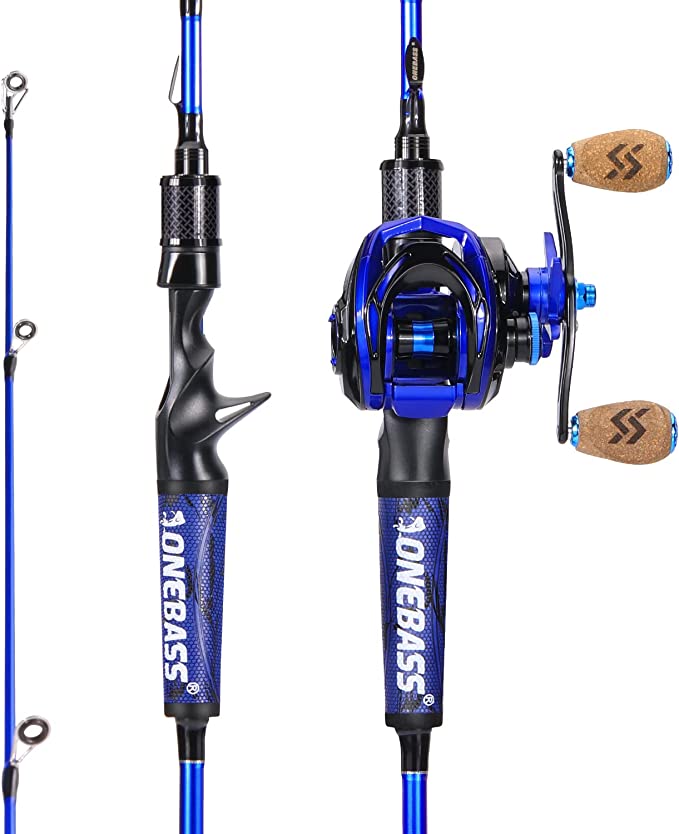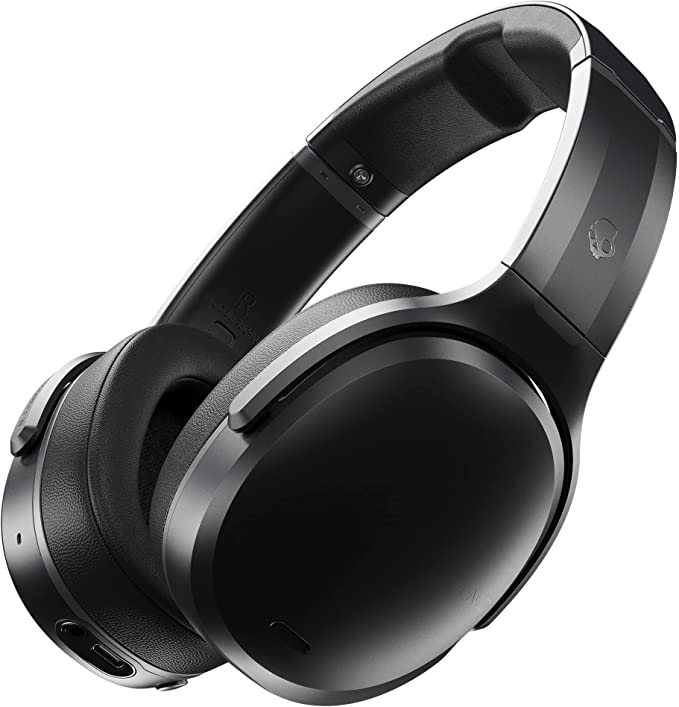VIVOHOME Portable Ice Maker: Fast Ice for Cool Drinks Anytime!
Update on Feb. 10, 2025, 12:23 p.m.
The Science of Instant Ice: How Portable Ice Makers Work
Imagine this: It’s a scorching summer afternoon, and you’re hosting a barbecue. Friends are arriving, the grill is sizzling, and then you realize… you’re running low on ice. Disaster? Not anymore. Thanks to the marvel of modern technology – the portable ice maker – a fresh batch of ice is just minutes away. But how do these compact machines conjure ice so quickly? The answer lies in a fascinating blend of thermodynamics, engineering, and a touch of ingenuity.

A Cool History
Our quest for cold has a long and fascinating history. Long before electricity, people harvested ice from frozen lakes and rivers, storing it in insulated ice houses for use throughout the year. The 19th century saw the rise of the commercial ice trade, with ice becoming a valuable commodity. The invention of mechanical refrigeration in the late 19th and early 20th centuries revolutionized food preservation and, of course, made ice readily available. The bulky refrigerators of the past have given way to smaller, more specialized appliances, like the portable ice maker, bringing the power of on-demand ice to our countertops.
Thermodynamics in a Nutshell
To understand how an ice maker works, we need a basic grasp of thermodynamics – the study of heat and its relationship to other forms of energy. Water, like most substances, exists in three states: solid (ice), liquid (water), and gas (water vapor). The transition between these states, known as a phase transition, involves the absorption or release of heat.
When we freeze water, we’re essentially removing heat. This causes the water molecules, which are moving relatively freely in the liquid state, to slow down and lock into a rigid, crystalline structure – ice. This process is called solidification or freezing.
The key to rapid ice making is the refrigeration cycle. It’s a clever process that uses a special fluid called a refrigerant to transfer heat from one place to another. Here’s a simplified explanation:
- Compression: A compressor, the heart of the ice maker, compresses the refrigerant gas. This increases its pressure and temperature, turning it into a hot, high-pressure gas. Think of it like pumping up a bicycle tire – the air inside gets warmer as you compress it.
- Condensation: The hot, high-pressure refrigerant gas flows into the condenser, usually a set of coils located at the back or bottom of the ice maker. Here, the refrigerant releases its heat to the surrounding air, cooling down and changing into a high-pressure liquid. This is similar to how steam condenses into water droplets on a cold window.
- Expansion: The high-pressure liquid refrigerant then passes through an expansion valve, a small opening that drastically reduces its pressure. This sudden drop in pressure causes the refrigerant to rapidly cool and partially evaporate, becoming a cold, low-pressure mixture of liquid and gas.
- Evaporation: The cold refrigerant mixture flows into the evaporator, a set of coils or a metal plate that comes into direct contact with the water to be frozen. The refrigerant absorbs heat from the water, causing the water to freeze into ice. As the refrigerant absorbs heat, it completely evaporates back into a low-pressure gas, and the cycle begins again.

Inside the VIVOHOME
The VIVOHOME Electric Portable Compact Countertop Automatic Ice Cube Maker Machine packs all these components into a compact and stylish design. Let’s take a closer look:
- Compressor: This is the workhorse of the system, responsible for circulating and compressing the refrigerant. The VIVOHOME likely uses a small, efficient compressor designed for quiet operation (around 40 decibels, as per the specifications).
- Condenser: This is typically a network of coils, often with fins to increase surface area for better heat dissipation. It’s likely air-cooled, meaning a fan helps to blow air over the coils, carrying away the heat.
- Expansion Valve: This small but crucial component precisely controls the flow of refrigerant and creates the pressure drop needed for cooling.
- Evaporator: This is where the magic happens! In the VIVOHOME, the evaporator likely consists of metal fingers or a plate that dips into a small water reservoir. As the cold refrigerant flows through the evaporator, it chills the metal, causing water to freeze onto it in layers.
- Water Pump: A small electric pump is in charge of delivering water from the 2.2 Liter reservoir to the freezing zone, the ice-making molds/tray.

The Magic of Bullet Ice
The VIVOHOME produces “bullet” shaped ice, which is distinct from the traditional cubes you might find in your freezer trays. These bullet-shaped pieces of ice are typically hollow and have a relatively large surface area compared to their volume.
There are a few advantages to this shape. First, the increased surface area allows the ice to cool drinks more quickly. Second, the hollow center makes them easier to chew, a feature appreciated by many. The shape is also practical for the ice-making process itself. The ice forms around refrigerated metal fingers, and the bullet shape allows it to easily detach and fall into the ice basket.
From Water to Ice in Minutes
Here’s how the VIVOHOME transforms water into ice in just 6-10 minutes:
- Fill and Start: You pour water into the 2.2-liter reservoir. Once you select your desired ice size (small or large) and press the start button, the process begins.
- Pumping and Chilling: The water pump circulates water from the reservoir to the ice-making tray, where it comes into contact with the chilled evaporator fingers.
- Layer-by-Layer Freezing: The water freezes onto the evaporator fingers in thin layers, gradually forming the bullet-shaped ice.
- Ice Release: Once the ice reaches the desired thickness, the refrigeration cycle briefly reverses, slightly warming the evaporator fingers. This releases the ice, which then falls into the 1.5-pound capacity ice basket.
- Repeat: The cycle repeats continuously, producing a new batch of ice every few minutes, until the ice basket is full or the water reservoir is empty. An infrared sensor likely detects when the basket is full, automatically pausing the ice-making process.
Keeping it Clean: The science behind the Self-Cleaning
The VIVOHOME features a convenient self-cleaning function. By adding water to the tank and activating the self clean, the pump goes into action, circulating the water. While the provided information doesn’t specify the exact mechanism, self-cleaning functions in appliances often involve circulating water through the internal components to flush out mineral deposits and prevent the growth of mold and mildew. For optimal hygiene, regular cleaning with a mild detergent solution is recommended, followed by a thorough rinse. The self clean runs for approximately 30 minutes.
Beyond Cold Drinks
While ice is essential for keeping drinks cold, it has many other uses:
- First Aid: Ice packs can reduce swelling and pain from injuries.
- Food Preservation: Ice can keep food cold during transport or outdoor events.
- Beauty: Ice can help reduce puffiness under the eyes.
- Science Experiments: Ice can be used for various science experiments, such as demonstrating phase transitions.
Ice, Energy, and You
While portable ice makers offer great convenience, it’s worth considering their energy and water usage. The VIVOHOME uses 300 watts of power during operation. While the provided information doesn’t specify the Energy Star rating or energy efficiency ratio (EER), it’s generally a good practice to use appliances responsibly. This means only running the ice maker when needed and avoiding overfilling the water reservoir.
It’s important to note that the most common refrigerants are HFCs (hydrofluorocarbons), specifically a refrigerant called R134a or R600a. These are potent greenhouse gases, although less harmful to the ozone layer than older refrigerants like CFCs (chlorofluorocarbons). The appliance industry is continually working to develop and adopt more environmentally friendly refrigerants.
Conclusion: The Convenience and Science of Portable Ice Making
The VIVOHOME Electric Portable Compact Countertop Automatic Ice Cube Maker Machine is a testament to how far we’ve come in our quest for convenient cooling. It’s a blend of elegant design and sophisticated thermodynamics, bringing the luxury of on-demand ice to our homes, offices, and outdoor adventures. By understanding the science behind its operation, we can appreciate not just the convenience it offers, but also the fascinating principles of physics and engineering that make it all possible.







































